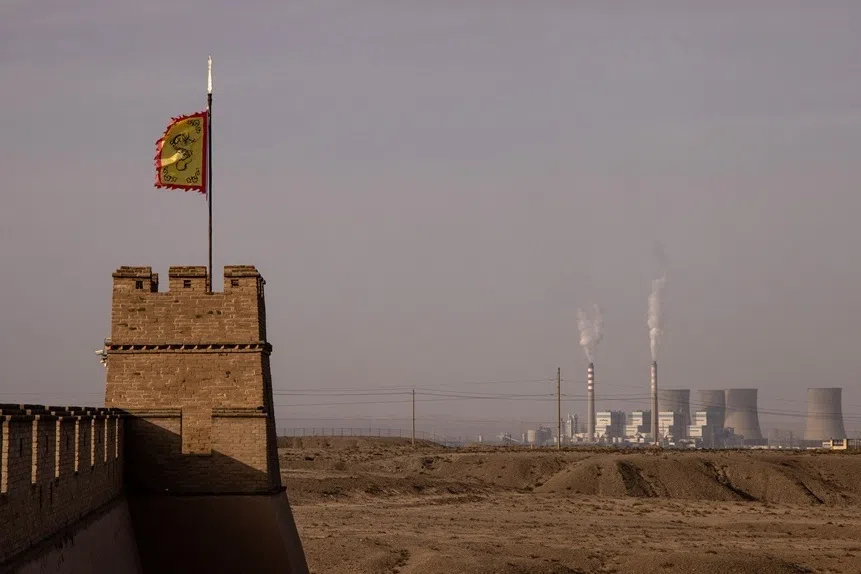A Trump-style trade war: The ‘dumbest’ in history?
Just weeks after taking office, US President Donald Trump has already taken swings at China, Mexico and Canada by announcing his plan to impose tariffs on them. Lianhe Zaobao China news editor Yang Danxu tells us more about the trade war and its impact on China.
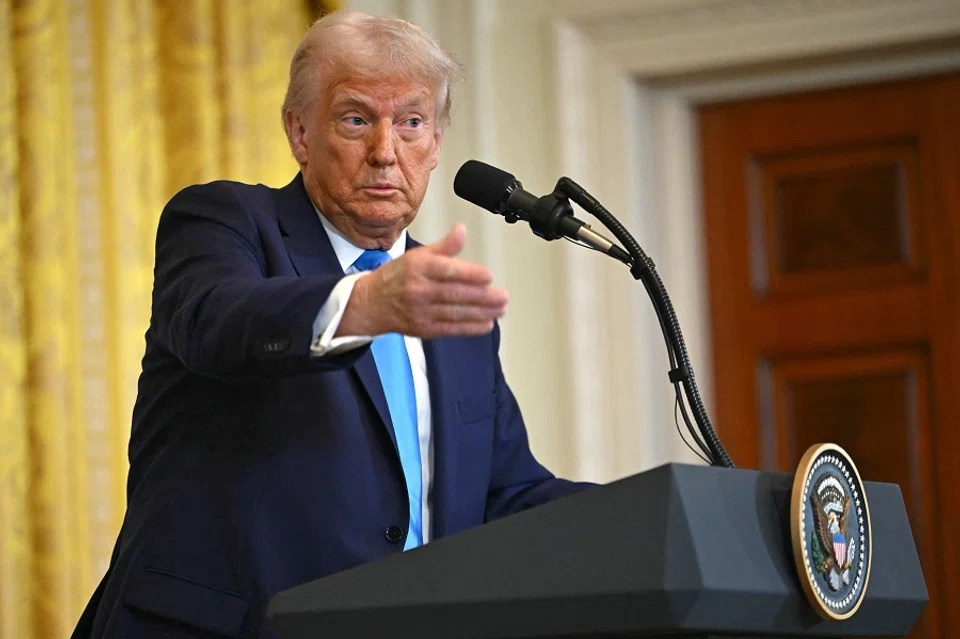
A dramatic turn of events occurred earlier this week, described by the US media as the “dumbest trade war in history”.
It started the day before US tariffs on Mexican goods were slated to come into effect, when Mexican President Claudia Sheinbaum announced that an agreement had been reached between Mexico and the US, postponing the US plan to impose a 25% tariff on Mexican goods by a month. Following this, Canadian Prime Minister Justin Trudeau announced that he had reached a similar agreement after a phone conversation with US President Donald Trump, which also delayed the new tariff measures on Canada for 30 days.
Dumbest?
After Trump took office, he unexpectedly launched a trade war against Canada and Mexico, two neighbouring countries. In a 31 January editorial, The Wall Street Journal mocked Trump for imposing a 10% tariff on China, a real adversary, while planning a 25% tariff on Canada and Mexico. This, they said, reminded them of historian Bernard Lewis’s joke that while being an enemy of America is risky, being its friend could be fatal.
The editorial criticised the lack of justification for Trump’s economic offensive against neighbouring countries while he ignored China. It noted that drugs have flowed into the US for decades, and that as long as Americans continue using drugs, the situation will remain unchanged; neither Canada nor Mexico will be able to stop it.
According to the article, Trump’s tariffs would harm the US automotive and agricultural sectors, provoke retaliation and lead to higher prices for US consumers. It argued that the US’s willingness to ignore its treaty obligations, even with friends, would not make other countries eager to make deals.
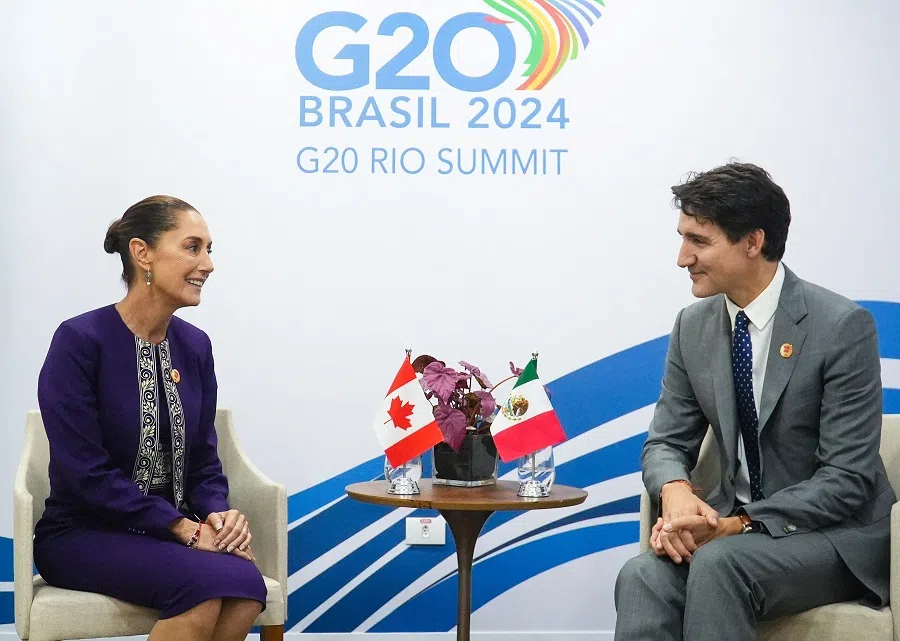
The article concluded with a swipe: “Maybe Mr. Trump will claim victory and pull back if he wins some token concessions. But if a North American trade war persists, it will qualify as one of the dumbest in history.”
China bites back
It is unclear if Trump received symbolic concessions, or if he realised that there was a lack of rationale for his trade war. In any case, the stick of tariff threats that Trump waved against Canada and Mexico is temporarily on hold. However, contrary to previous expectations of leniency, China will indeed be subjected to an additional 10% tariff as scheduled. In response, Beijing announced a series of countermeasures on 4 February, officially kickstarting the China-US tariff war in the Trump 2.0 era.
In addition to filing a complaint with the World Trade Organization (WTO), Beijing has plans to impose a 10% to 15% tariff on some US imports to China starting from 10 February. The affected products include coal, liquefied natural gas, crude oil, agricultural machinery, large vehicles and pickup trucks imported from the US.
Despite implementing four measures in a single day, Beijing’s counterattack remained restrained and calculated, avoiding a blanket, tit-for-tat tariff response that could harm China’s own economy and lead to a lose-lose situation.
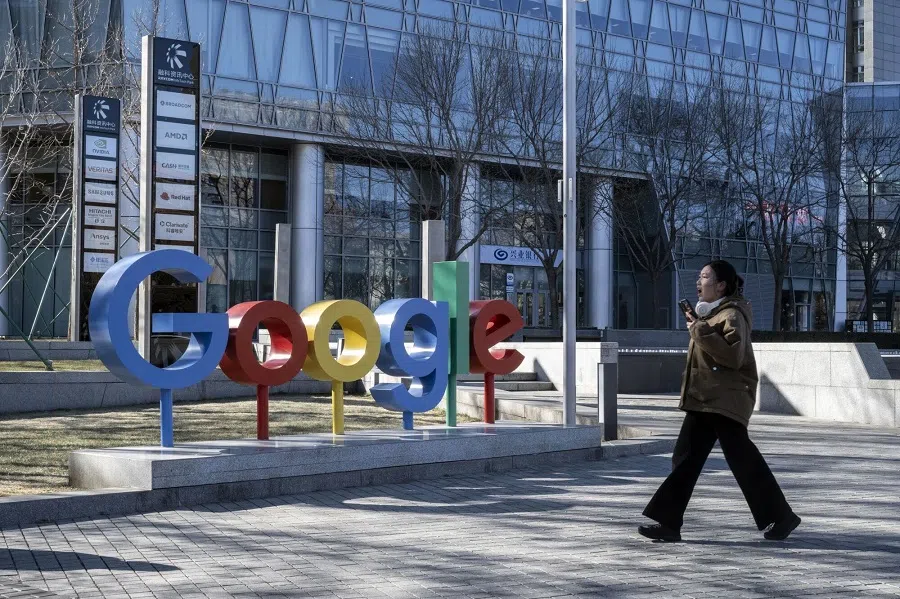
On the same day, Beijing also introduced countermeasures beyond tariffs, including export controls on five metal minerals used in industries such as defence and clean energy, an antitrust investigation into US tech giant Google, and the addition of US companies PVH Group (which owns brands like Calvin Klein and Tommy Hilfiger) and global gene sequencing leader Illumina to its “unreliable entity list” for allegedly violating normal market transaction principles. This designation could subject the two American companies to potential restrictions on imports, exports and investments.
Room for negotiations?
Despite implementing four measures in a single day, Beijing’s counterattack remained restrained and calculated, avoiding a blanket, tit-for-tat tariff response that could harm China’s own economy and lead to a lose-lose situation. Instead, China has targeted critical mineral supply chains and American companies with significant business operations in China as a warning to Washington, signalling that Beijing is willing to use asymmetric tactics as a weapon in the tariff war. The response is also seen as an effort by Beijing to increase its bargaining leverage in negotiations.
Some analysts believe that Trump’s abrupt U-turn on tariffs for Canada and Mexico offers China a model for its own negotiations with the US. Notably, China’s newly announced tariff measures will only take effect on 10 February, which is seen as leaving room for further negotiations.
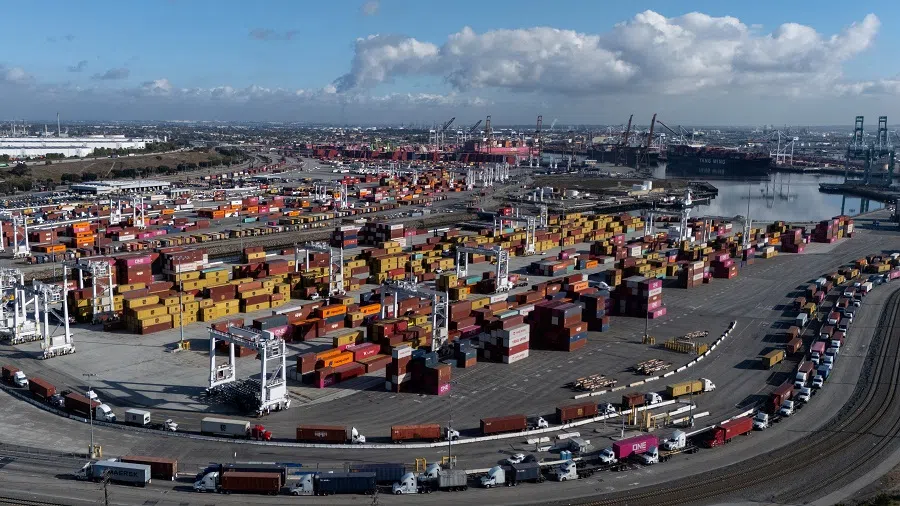
Just before China announced its countermeasures, the White House indicated that Trump might speak with Chinese President Xi Jinping as early as this week regarding tariffs. Earlier, US media cited sources saying that China would propose resuming the Phase One trade agreement signed in 2020, committing to purchasing more American goods, increasing investment in the US, refraining from competitive currency devaluation, and cracking down on fentanyl-related trade.
In the end, tariffs may just be a tool for bargaining or making deals, and if broader tensions remain unresolved, any trade agreement reached may only be temporary.
Trade war à la Trump
However, the obstacles to US-China negotiations in this “game of chicken” cannot be underestimated. While China’s economy is struggling and Beijing wants as much as possible to avoid a trade war to reduce external pressure, how much room does it have for concessions? Will Beijing demand reciprocal compromises from Washington on issues like semiconductors and TikTok? Will Washington accept such conditions? What is Trump’s ultimate goal in waging this trade war against China? Is he seeking a more favourable trade environment for the US through maximum pressure, or is he using tariffs to push forward the hawkish agenda of decoupling?
The conflicts between China and the US in geopolitics, security, technology and military affairs far exceed the differences between the US and Canada or Mexico. In the end, tariffs may just be a tool for bargaining or making deals, and if broader tensions remain unresolved, any trade agreement reached may only be temporary.
A fresh round of the US-China trade war is looming, and the potential turmoil is unsettling. This “Trump-style” trade storm may extend even further after engulfing Canada, Mexico and China, impacting more countries and regions. The EU, UK, Japan, and South Korea are already on high alert.
In just over two weeks since taking office, Trump has disregarded commitments, overturned trade rules, disrupted the global economy and openly threatened other nations. His actions raise concerns that the global trade order is on the brink of collapse, with the world heading back to the law of the jungle.
This article was first published in Lianhe Zaobao as “戏剧性的“特式”贸易战”.

